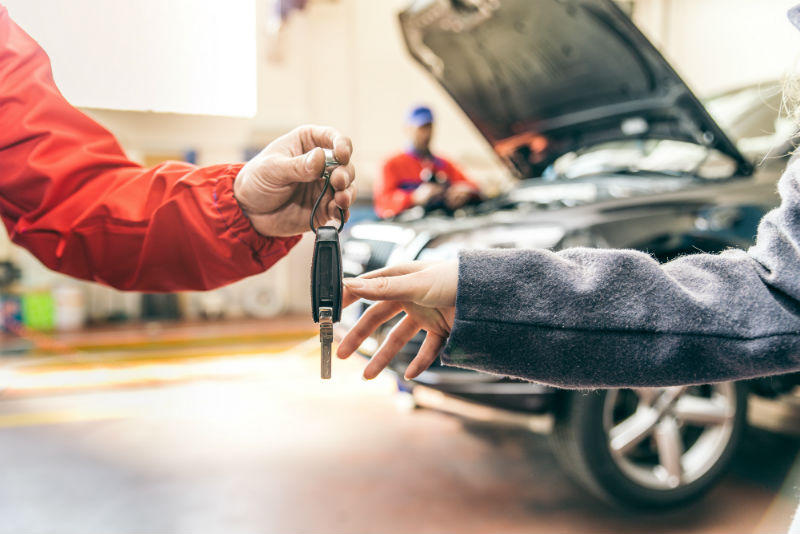As the bearings used on the wheels of cars and light trucks are hidden from view, it takes a mechanic to determine which type is installed on a specific vehicle. There are actually two different types; older cars used wheel bearings that could be re-greased and replaced when they wore out, not so with newer vehicles. Newer vehicles use a wheel hub that carries the wheel bearing, they are not serviceable and in the event wheel bearing installation is required it is the entire hub that is replaced.
Every bearing will fail sooner or later:
There are two types of wheel bearings in common use; ball type and roller type. In almost every instance the bearings used in a front wheel hub are tapered roller type, the bearings used in the rear wheels can be either type depending on the vehicle design. Modern bearings are lubricated for life, in the past bearings were fitted with lubrication points but this approach is no longer taken.
Any bearing will last for a very long time although it is almost impossible to predict “how long is long.” A great deal of it has to do with the conditions in which the vehicle is driven. The bearings in a car that rarely gets off paved city streets will most certainly last longer than the ones used in a rough and ready off road vehicle that is subjected to dust, dirt, water and other contaminates.
Check the bearings first:
The typical indicator that wheel bearing installation is needed is noise. The noise that comes from a bearing which is about to fail can sound very much like a brake problem, before you jump to conclusions, check first to see if it actually is the bearing. Once the car is off the ground, shake the wheel back and forth, if there appears to be excessive play; it’s the bearing.

